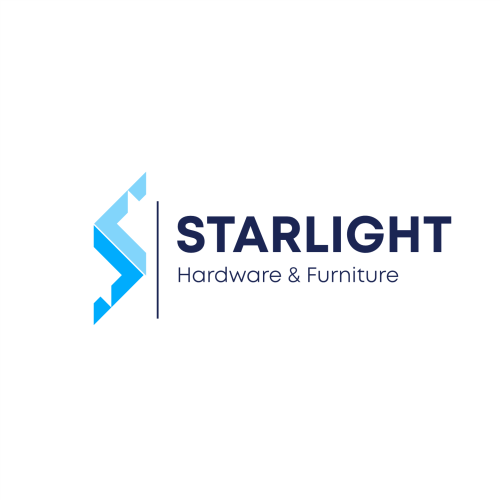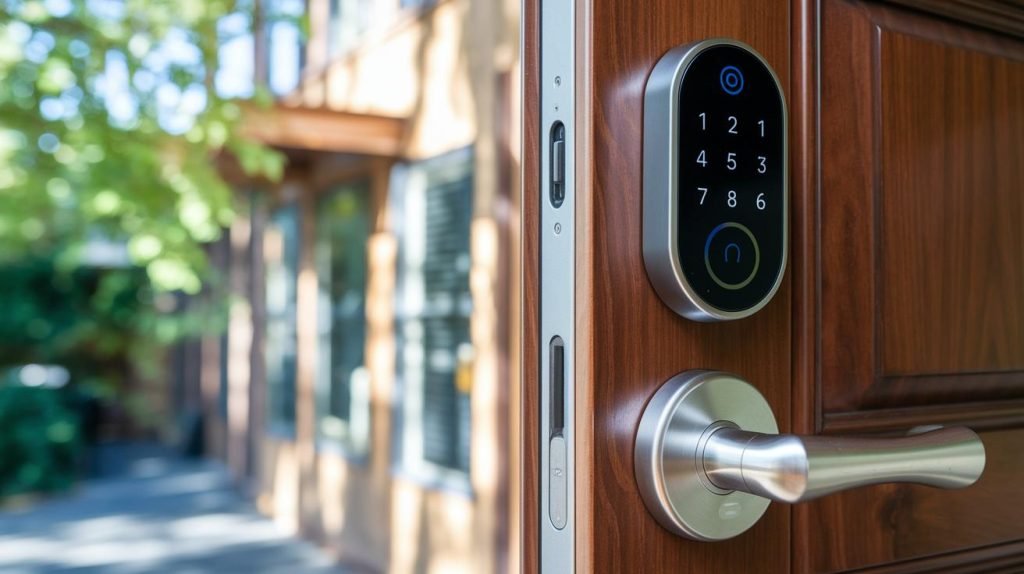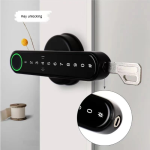Can a smart lock stack up against a tried-and-true deadbolt for keeping your home safe? Ever fumbled in the dark, your fingers tracing the cool metal faceplate of a deadbolt before that reassuring click? That click feels like a caring tap saying you’re good for the night.
But smart locks bring something extra. They let you tap an app for instant alerts, remote access, and even code-free entry (no more jiggling keys). Think of it like swiping a credit card instead of twisting one. Here’s a secret: you can lock your door from the coffee shop.
So how do battery life and that trusty physical key hold up against push notifications and PIN code (a numerical access code) entry? We’ll break down five key factors: security, features, installation, cost, and convenience. Then we’ll see which lock earns top marks.
Smart Lock vs Traditional Lock: Comprehensive Comparison of Security, Features, Installation, Cost & Convenience
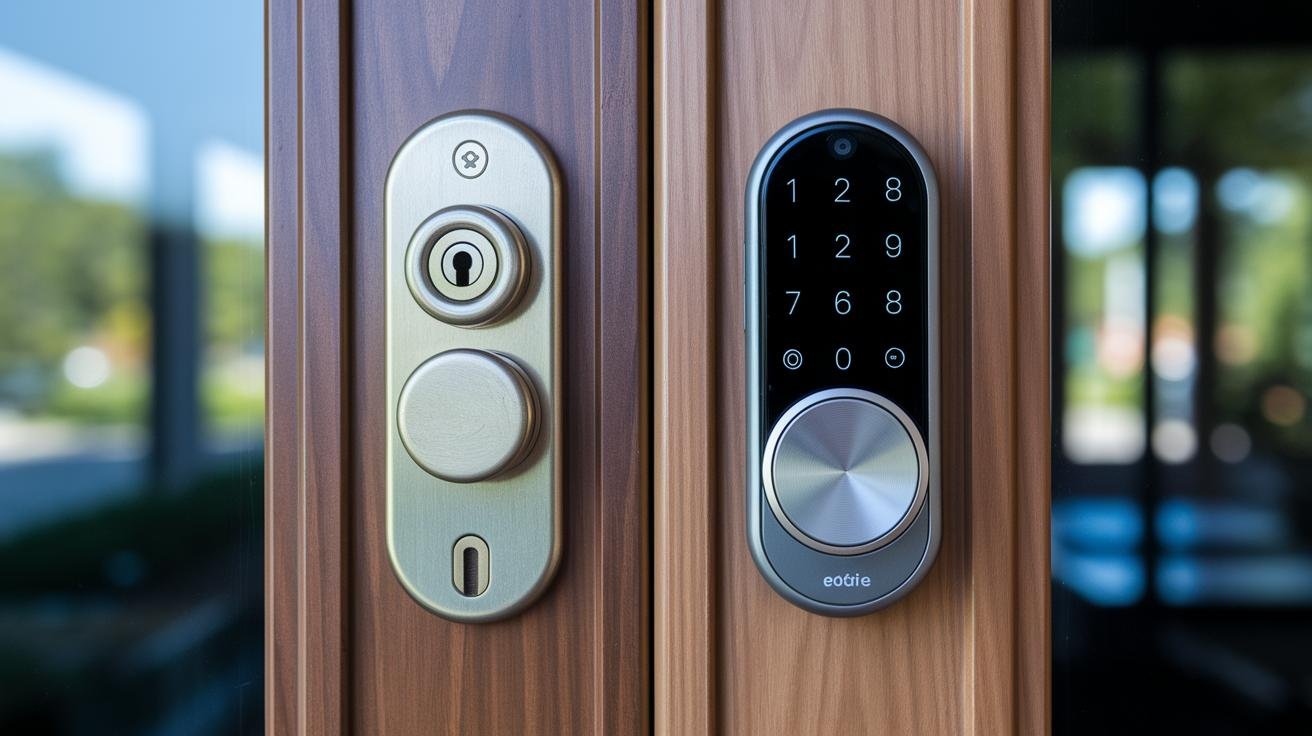
Mechanical deadbolts use a pin-and-tumbler system (a setup of pins and cylinders) that never needs power. You feel the smooth metal faceplate and hear a reassuring click every time. Smart locks, by contrast, tap into Bluetooth or Wi-Fi and bring digital perks like remote locking, built-in alarms, and instant smartphone notifications.
Let’s break down five key areas: security, features, installation, cost, and convenience. We’ll see how old-school meets new-school.
On security, deadbolts shine with their simple, rugged design, no batteries to die, no code to hack. Smart locks add encryption (a way to scramble data) and real-time tamper alerts (notices if someone tries to break in). Both Schlage mechanical and smart models earn AAA ratings from BHMA for security, finish, and durability. Solid.
When it comes to features, a traditional lock sticks to a single key. Smart locks let you tap a touchscreen or open an app on your phone. You can set custom codes or even auto-unlock as you walk up. It’s like having a digital doorman.
Installation is pretty similar. Drill the standard holes, pop in the lock, and tighten screws with a screwdriver. But smart locks need fresh batteries every 6-12 months (think swapping AA batteries in a remote). Quick and easy.
Cost is where they split. You can snag a mechanical deadbolt for around $40. Smart locks range from $100 to $400 depending on the extras. It’s an investment in peace of mind.
Speaking of convenience, smart locks win if you love custom codes and remote access. Need to let in a friend while you’re out? No more hiding a spare key under the mat. But analog keys never run out of juice.
Up next, we’ll dive into a detailed security analysis, explore advanced smart features, walk through each installation step, and share real-world use cases.
Understanding Smart Lock vs Traditional Lock: How Each Type Works
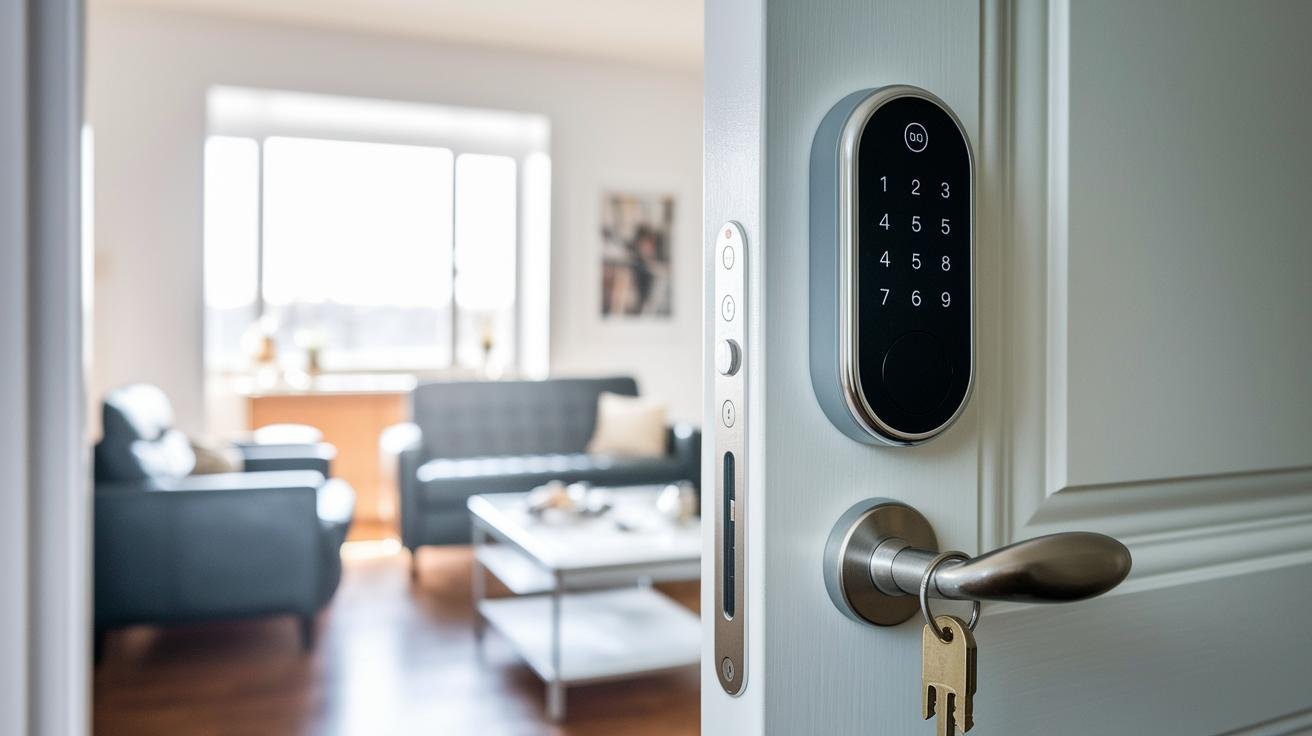
Smart locks are electronic devices that talk over Z-Wave (a low-power wireless protocol) or Zigbee (a mesh network protocol). You get touchscreen keypads, biometric fingerprint sensors (a reader that checks your unique fingertip pattern), and full control in a companion app. Updates show up right in the app and install in minutes. Feels good to know your lock is always up to date.
Traditional locks rely on a pin-and-tumbler mechanism (pins inside a cylinder that line up when you insert a key). Slide your metal key in, feel the pins click into place, and turn. They need no power, so they work during outages or if your phone is dead. Reliable.
Primary entry methods:
- Smartphone app (Smart Lock with App Control)
- Touchscreen keypad
- Biometric fingerprint or facial scan
- Physical key
Installing a traditional lock is as easy as a few screwdriver turns. It’s live the moment you finish mounting it.
Smart locks need a little more setup. You pair them in the app, link to your router or hub, and watch them join your network. Then you unlock features like multi-lock sync. We love that feature!
Z-Wave vs Zigbee protocols
Choose Zigbee for its mesh network. It’s like a chain of trusted couriers passing your secure message to the hub.
Firmware update process
Firmware patches arrive through the companion app and install in minutes. A quick tap sharpens your lock’s brain.
Biometric scanner details
A small LED glow guides your fingertip into focus. It’s like a flashlight pointing you to the right spot.
Security Analysis: Smart Lock vs Traditional Lock
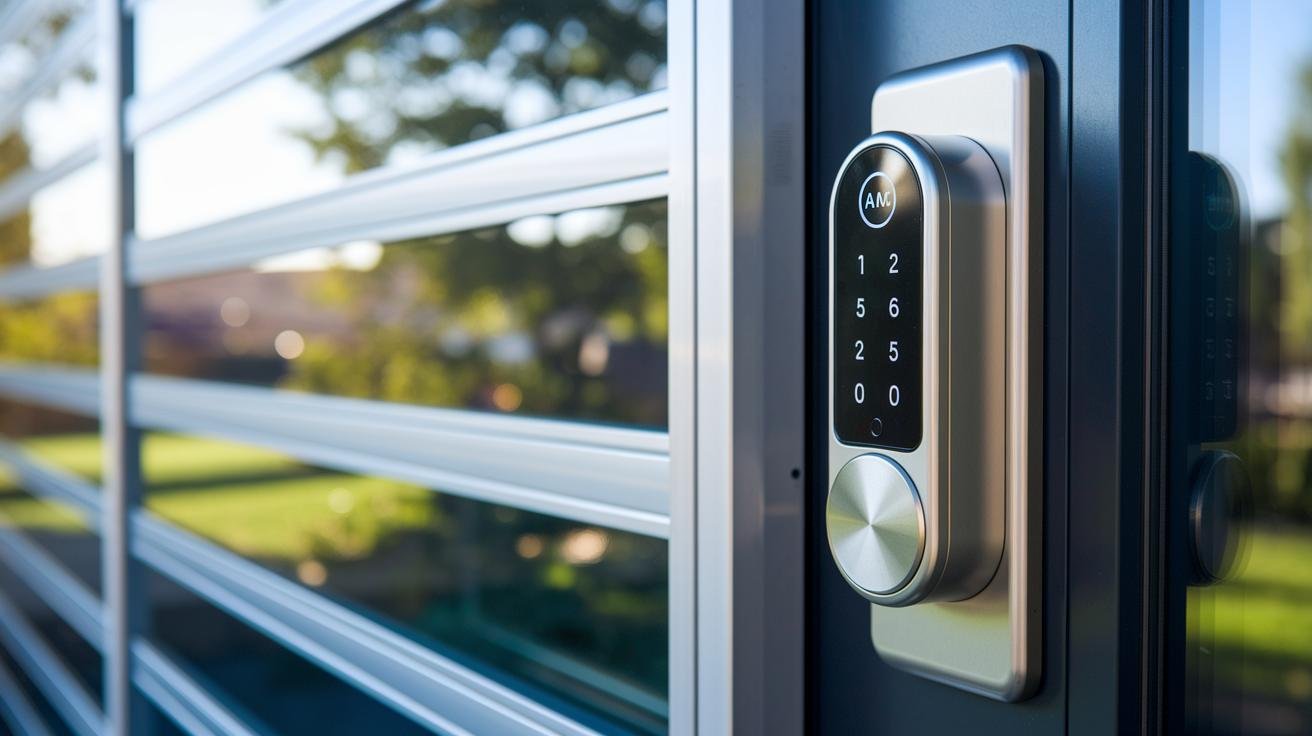
Smart locks bring military-grade encryption standards (ways to scramble data) and two-factor authentication (a second check beyond a password or PIN). They keep a live log of every entry, like a silent watchman noting who comes and goes. And they trigger built-in tamper alarms (alarms that sound when someone tries to force their way in). Hack resistance stays strong when you choose a tough password and install firmware updates (software fixes) on time. Regular updates seal any digital cracks.
Some high-end models even lock down completely if their battery dips too low, keeping prying hands outside until you recharge or swap in fresh cells. Um, keep the batteries topped up and the Wi-Fi healthy. That way your lock stays tight.
| Security Aspect | Smart Lock | Traditional Lock |
|---|---|---|
| Encryption & Authentication | Advanced encryption standards (data scrambling); two-factor authentication | No digital encryption; single key access |
| Pick & Bump Resistance | Sealed core; moderate pick & bump resistance | High pick resistance on BHMA AAA models |
| Power/Fail-Safe Performance | Battery or wired; auto-lock on power loss for some models | No power needed; works in any outage |
| Tamper Alerts | Built-in alarms; real-time notifications | No alert system |
| Security Ratings | BHMA grades A to C; top models hit AAA | BHMA grades A to C; top models hit AAA |
Smart locks fit tech-savvy homes that prize encryption, tamper alerts, and real-time logs. They let you lock down remotely when the battery’s low or the network acts up. Traditional locks suit folks who trust solid metal tumblers that meet ANSI/BHMA standards. No batteries. No software. They just click and go, even through storms or power cuts.
Solid.
Advanced Features & Convenience

Ever wish you could guard your front door from the couch or a cafe? Our mobile app lets you check the door’s status and let people in or out from anywhere. With Bluetooth proximity sensing (tech that spots your phone’s signal), the lock gives you a quiet click as you arrive. And you can link it to Alexa or Google Home, just say “lock the door” or “is the front door locked” for hands-free control.
You know that moment when you’re juggling groceries and can’t remember if you locked up? Our auto-lock timers (timers that snap the door shut) handle it for you. Want to let the pet sitter in tomorrow? Set up a temporary guest code that expires when their visit ends. Detailed entry logs track every open and close event, showing who entered, when, and how.
Sometimes you crave old-school peace of mind. Our traditional locks run on metal and muscle. No batteries. No firmware updates. Just a sturdy key turning a smooth cylinder every time. Solid. Reliable. Power-free security that never skips a beat.
Installation and Cost: Smart Lock vs Traditional Lock
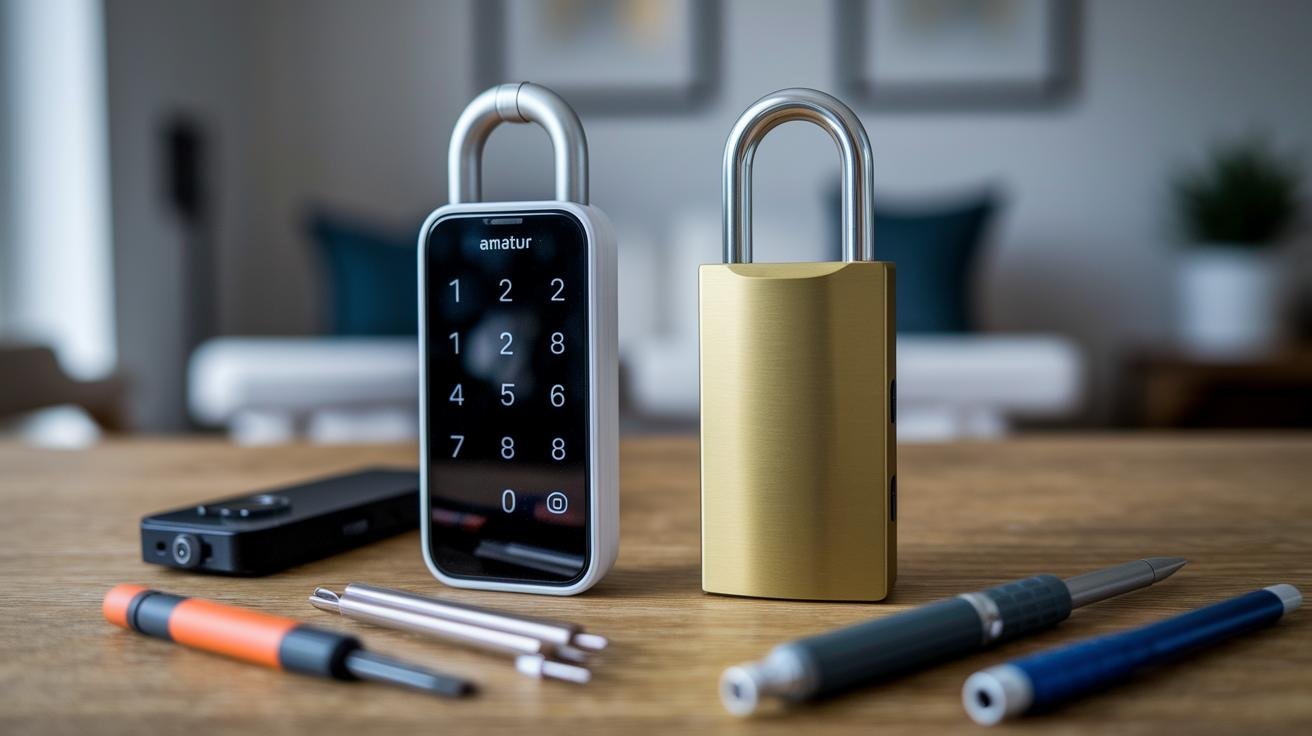
Smart locks cost about $100 to $400. Traditional deadbolts start at $40. Both fit a standard door with ease. Installation takes under 15 minutes with just a screwdriver.
No drilling or special tools. Easy.
You can install it yourself or hire a pro. Professional installation adds a small labor fee. But your total spend stays modest. Solid.
Maintaining your lock is straightforward. You’ll swap AA or AAA batteries (about $5–$20 a year). And the app handles firmware updates (the lock’s built-in software). Just tap a button when it nudges you.
Peace of mind.
So that’s it. Your door’s secure and your budget’s intact.
Use Cases and Recommendations for Smart Lock vs Traditional Lock
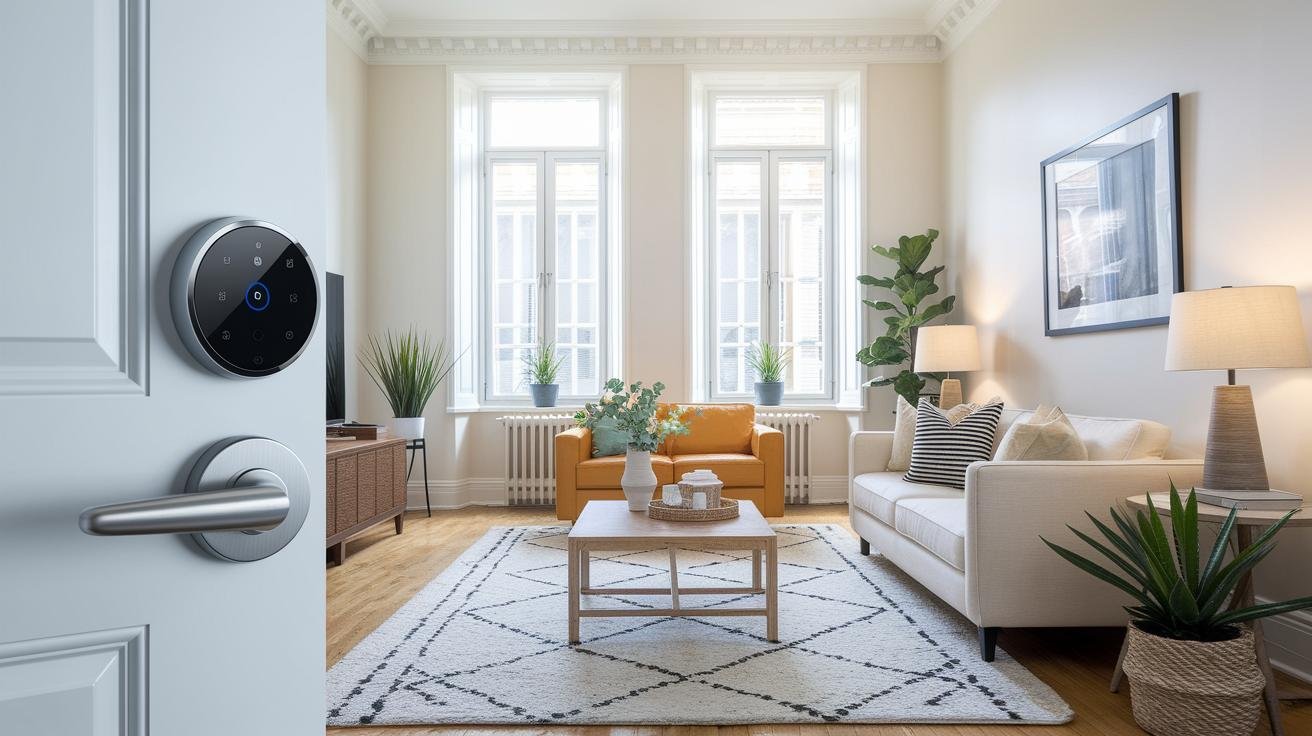
Smart locks shine for short-term rentals and Airbnb hosts juggling guest arrivals. You create unique guest pass codes (numeric pins) that expire at checkout, no more hiding spare keys under potted plants. Through the companion app (smartphone application), you watch entry logs and even unlock the door remotely if a late-night guest shows up. It’s hands-off hosting at its best, cutting out awkward key handoffs and surprise locksmith calls.
Want peace of mind? Browse Smart Lock for Rental Property to see options built just for rentals.
In apartment buildings and offices, scalable multi-user management changes the game. Bulk-upload resident or employee codes and set time-based access windows. Then revoke permissions in seconds. No locksmith needed.
Our locks play nice with home automation systems (a network of devices sharing commands). They sync with lights, cameras, and HVAC for a seamless security suite. Tenants see a soft LED glow when the janitor checks in and get smartphone alerts. Corporate IT teams love the audit trails that map who unlocked which door and when.
But mechanical locks hold their ground in many spots. A sturdy mechanical deadbolt (a lock with pins and tumblers) keeps working through power failures, storms, or Wi-Fi blackouts. No batteries. No firmware updates. No tech glitches.
They come in a range of finishes and styles, backed by limited lifetime warranties. Solid metal craftsmanship. No fuss.
And they start around forty dollars. Perfect for budget builds or low-security spots like sheds, garages, or interior doors where digital bells and whistles add little value.
Choosing between electronic flair and mechanical muscle comes down to four pillars:
First, your security needs. Do you want strict monitoring and remote control or simple physical protection?
Second, convenience. Will you use mobile codes and app alerts or stick with a familiar key turn?
Third, cost. Crunch the numbers, initial price plus upkeep like battery swaps and software updates.
Fourth, comfort level. How at ease are you with apps, wireless signals, and occasional software patches?
Match these points to a lock that fits your lifestyle and budget.
Final Words
We jumped right into the head-to-head of smart lock vs traditional lock by checking security, features, installation, cost, and convenience. On the security front, encryption protocols met solid pin-and-tumbler strength. Then we explored keyless entry perks, remote access, auto-lock timers, and app alerts versus trusty metal bolts.
By comparing price tags and fit times, we showed both types mount with a screwdriver in minutes. Your choice comes down to ease of use or high-tech control.
Either way, you’re set for peace of mind.
FAQ
Which is better, a smart lock or a traditional lock?
The choice between a smart lock and a traditional lock hinges on your priorities. Smart locks offer remote access, guest codes, and logs while traditional locks deliver proven mechanical strength with no power needed.
What are the pros and cons of smart locks vs traditional locks?
A smart lock brings keyless entry, remote control, and logs, but it costs more and needs batteries. Traditional locks are budget-friendly, durable, and power-free but lack remote features and digital alerts.
How do smart lock prices compare to traditional locks?
Smart lock prices range from $100 to $400, while basic mechanical deadbolts start near $40.
Are smart locks safer than regular locks?
Smart locks use encryption (data scrambling) and two-factor codes for extra cyber protection, plus built-in tamper alarms. Traditional locks rely on solid metal and pick-resistant designs but face physical bypass risks.
What is the disadvantage of a smart lock?
A disadvantage of a smart lock is its reliance on batteries and firmware updates, which can leave you locked out if power runs low or software lags. Higher upfront cost and possible hacking points are factors too.
Is it worth getting a smart lock?
Getting a smart lock is worth it if you value remote door control, custom access codes, and activity logs for peace of mind. It adds convenience and better guest management, despite higher purchase and upkeep costs.
Which smart lock is best?
The August Smart Lock is a top pick for its slim metal faceplate, reliable Bluetooth link, and seamless integration with Alexa and Google Assistant. It offers easy installation and solid AAA BHMA security ratings.
How do Schlage locks compare to other smart or traditional locks?
Schlage mechanical and smart locks carry AAA BHMA grades for pick resistance, finish, and strength. Their deadbolts excel in durability, while their electronic models add encryption and auto-lock functions with top-tier reliability.
